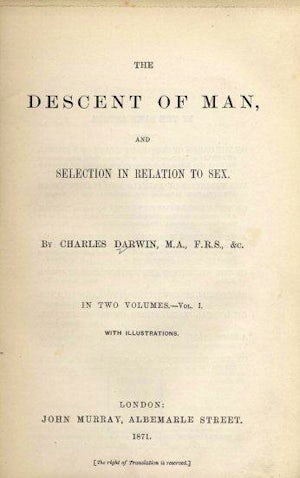1935 South Carolina was the 31st and second-to-last state to implement a sterilization law. The bill was first drafted in 1931, but was not passed for good until 1935.
Eugenic legislation faced significant resistance in South Carolina, due in part to the fact that citizens of the state took issue with government interference with parental rights, except in cases of extreme neglect. Religion was also a factor, as families extended beyond blood relatives, giving important support to the disadvantaged. The Deep South also lacked the scientific and educational resources that made the idea of eugenics go over smoothly in other parts of the country.
The South Carolina bill was very broad, and applied to all patients of state mental health or penal institutions. Superintendents were given the power to request that a patient be sterilized, but they required approval from the board of the institution before sterilization would be authorized: to be eligible for sterilization the board had to determine that the patient “would be the probable parent of socially inadequate offspring…and that [their welfare] and the welfare of society will be promoted by such sterilization.”
Several groups other than the mentally ill were targeted by South Carolina’s legislation, including women and African-Americans: of the 277 sterilizations performed in the state 255 were on women, and African-Americans represented 102 of those 277. There is also evidence that African-American women on welfare faced challenges in finding physicians to deliver their children if they did not consent to sterilization; however, there is no reliable record of how many of these women were actually sterilized.
-Caroline Lyster
Kaelber, L. (2011). Eugenics: Compulsory Sterilization in 50 American States. Retrieved from http://www.uvm.edu/~lkaelber/eugenics/SC/SC.html.
 1869:
Galton publishes Hereditary Genius
1869:
Galton publishes Hereditary Genius
 1871:
Charles Darwin publishes The Descent of Man
1871:
Charles Darwin publishes The Descent of Man